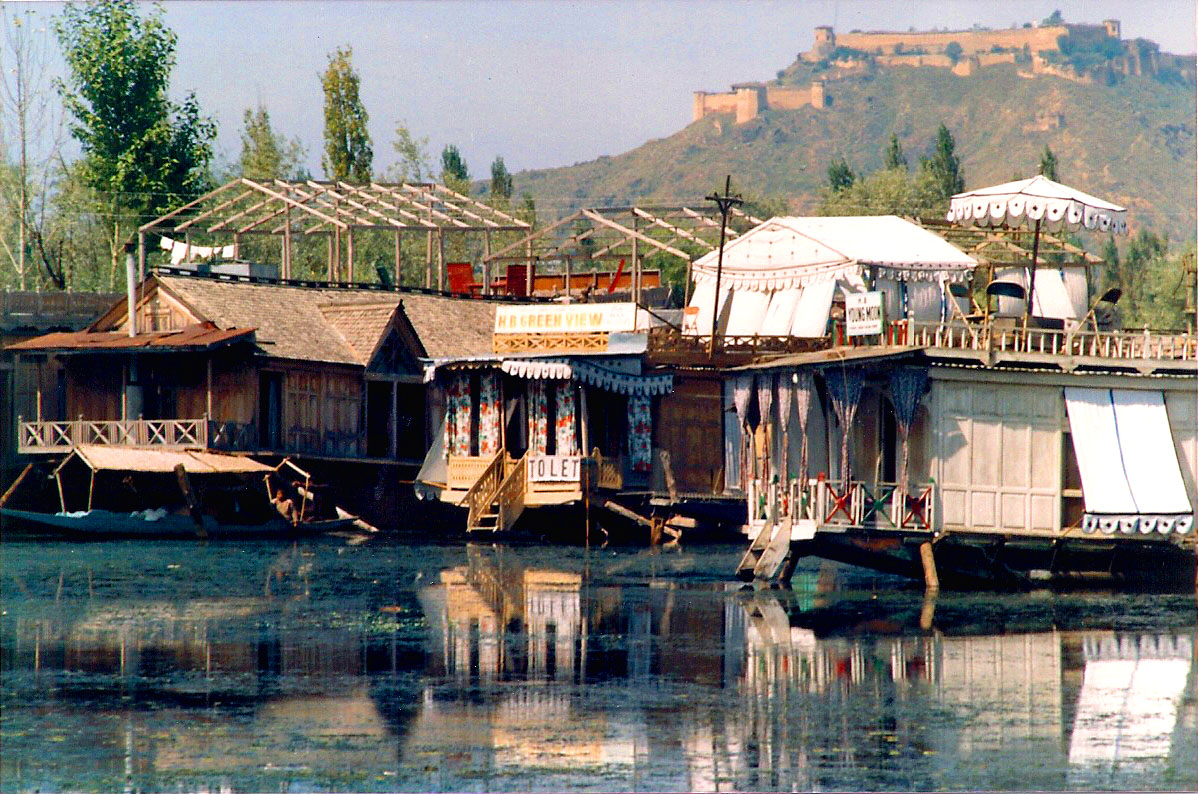Kashmir Valley, North India – open & available with Ladakh (04.12.12)
Recent Foreign & Commonwealth Office Travel Advice has opened up the possibility of travel to India’s northern state of Kashmir.
As a result, we at Nomadic Thoughts are delighted to offer, with immediate effect, add-on trips to the Kashmir Valley capitals Srinagar and Jammu as well as to the mountain region of Ladakh.

The beautiful journey up through the valleys and mountain passes between Jammu to Srinagar has always stood out as one of my favourite Asian road trips. Whilst I have been a lesser fan of Jammu (having spent most of my only visit holed up in a charmless downtown guesthouse recovering from a grim malaria relapse), the moment you head north towards the mountainous regions of Kashmir the scenery changes dramatically. The mind drifts between historic stories involving early century Buddhism teachers, Hindu philosophers and proud Muslim sultans to the British Raj and then the psychedelic hippy trail.
During my first visits to the area thirty years ago, I gazed across the huge valleys and mountain backdrops to the sound of my Walkman cassette player banging out Led Zeppelin’s Kashmir anthem. The clear air, stunning snow peaked Himalayas and world-famous government hashish outlets have always attracted free-spirited visitors. One of my earliest Kashmir Valley memories is of gentle horse-drawn hippy caravans creeping up the mountain passes between overloaded, brightly decorated, horn-tooting trucks.
 With such a unique setting we are delighted to be again arranging trips back to Dal Lake and the surrounding Srinagar countryside, in addition to the north-eastern Tibetan Buddhist district of Ladakh. The first destination is as new and exciting as the other in traditional & mystic. To someone who is yet to visit this most northern region of India it might seem strange that the two worlds of Kashmir Valley and Ladakh, in such close proximity, are so contrasting. However, they are just that.
With such a unique setting we are delighted to be again arranging trips back to Dal Lake and the surrounding Srinagar countryside, in addition to the north-eastern Tibetan Buddhist district of Ladakh. The first destination is as new and exciting as the other in traditional & mystic. To someone who is yet to visit this most northern region of India it might seem strange that the two worlds of Kashmir Valley and Ladakh, in such close proximity, are so contrasting. However, they are just that.
Srinagar, in the Kashmir Valley district, with impressive mountain backdrop has a soft lush valley ambiance with British Raj inspired houseboats, famous gardens, Kashmir-shawl traders and Hindustan Islamic combination.
Leh, the capital of Ladakh, has in comparison a raw Tibetan desert mountain setting, with easy access to ancient Dali Lama loyal Buddhist temples, burgundy-red robed monks and a traditional harsh farming existence.
What the two districts do share is a sense of history, religion and an acute business sense.
On my first visit to this area I spent several months exploring the northern mountain regions betweenSrinagarand Leh. Sadly since then the intensification of insurgency has resulted in decades of tourist visitor stagnation. Mainly due to India and Pakistan constantly squared up to each other, with often appalling consequences to the local civilian population.

However, despite the political turmoil the region has always been close to my heart, not least as I spent over a month once recovering from viral hepatitis in the small village area of Changspa, Leh. The family I stayed with – who must have been one of the first to rent rooms to travellers – used to pull up and cook their fresh vegetables for me every night, as the perfect way to help me back to health.
I am therefore delighted that we are not only continuing to send clients to the region, but now also support the Druk White Lotus School, with 677 students, in their quest to run on a fully renewable energy supply. Huge thanks also have to go to Nomadic Thoughts clients whose TICOS (Tourism Industry Carbon Offset Service) donations continue to fund the project.

As funding and commerce continue to be desperately needed throughout the region, the good news is that tourism has begun to re-emerge as an important local economy contributor. In addition to Hindu pilgrims visiting the holy cave of Amarnath, local tourists (numbering over 700,000 in 2010), have been drawn to the area for a variety of additional activities including fishing, outdoor pursuits and even ski-ing.
Although we do recognise that the local tourism infrastructure needs considerable investment there is no doubt these are exciting times, not least as once visitor numbers gather pace the area will see significant change.
Kashmir Valley:




Ladakh Region:











